Quick highlights:
- Charli XCX criticised certain fans for attacking her autotuned vocals at Glastonbury 2025.
- Called the backlash “the most boring take ever” in a series of posts on X.
- Defended her artistic choices, saying divisive art is often the most impactful.
- Her Brat set clashed with Neil Young’s headline act, drawing polarising reactions.
Charli XCX has addressed criticism over her use of autotune during her Glastonbury 2025 performance, calling out the ageist tone of comments that questioned her authenticity as a performer. The singer clapped back on X, brushing off the noise as outdated and out of touch.
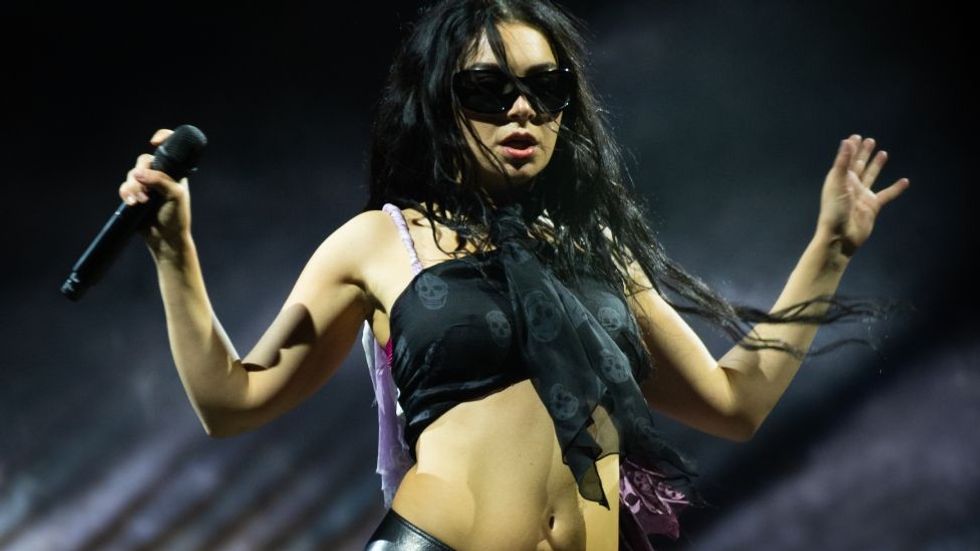
Charli XCX defends Glastonbury set from autotune critics
During her Brat set on the Other Stage, Charli delivered fan favourites like “365” and “Von Dutch” to a roaring crowd. But online, some viewers slammed her use of autotune and lack of a live band. In a sharp response the next day, she posted: “The idea that singing with deliberate autotune makes you a fraud… is like, the most boring take ever. Yawn.”
Charli has long been open about using autotune deliberately as an artistic tool. In earlier interviews, she said she intentionally includes “pitchy” moments in her vocals to add texture and imperfection. Responding to the online backlash, she added: “I enjoy the discourse… the best art is divisive and confrontational and often evolves into truly interesting culture.”
Brat performance draws strong reactions, both love and hate
Charli’s set, held opposite Neil Young’s headline slot, split Glastonbury attendees and online viewers alike. Despite the criticism, her show was widely praised by critics.
Highlights included a cameo from fellow performer Gracie Abrams during the viral “Apple” dance segment. Charli ended her performance drenched in stage rain, sipping white wine, with giant signs declaring “Brat is forever.”
After her set, Charli joined her fiancé George Daniel, drummer of The 1975, for an intimate DJ session, keeping the Brat Summer spirit alive.
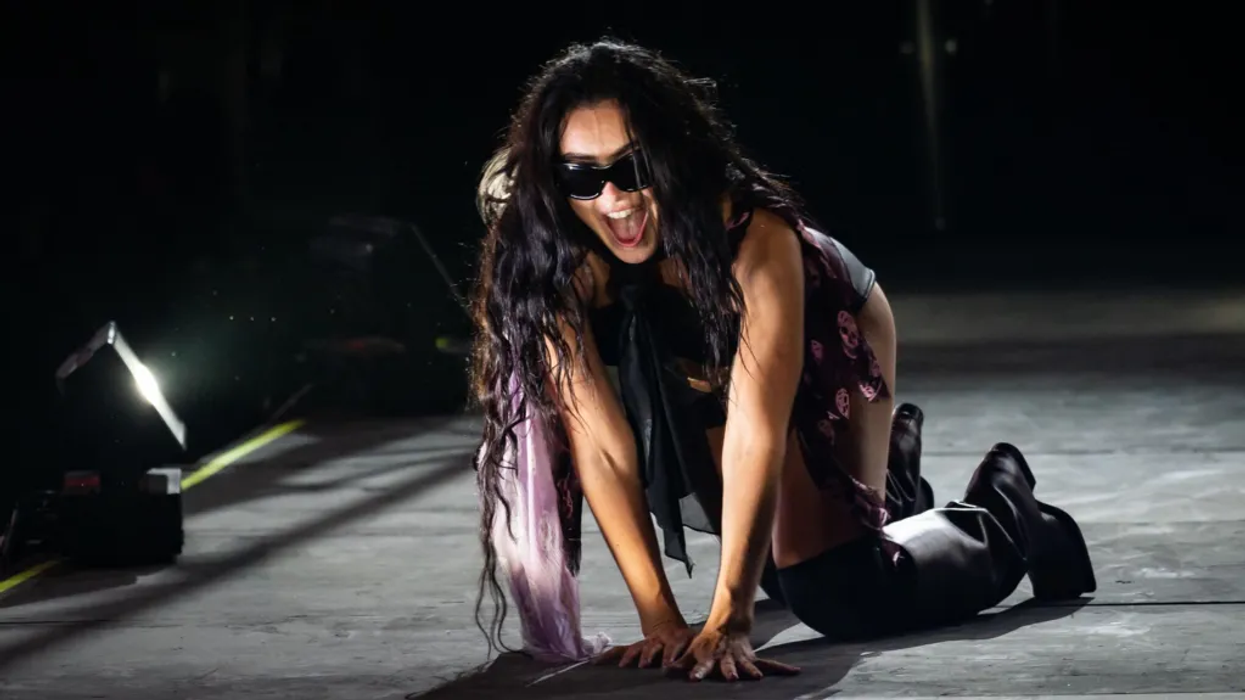

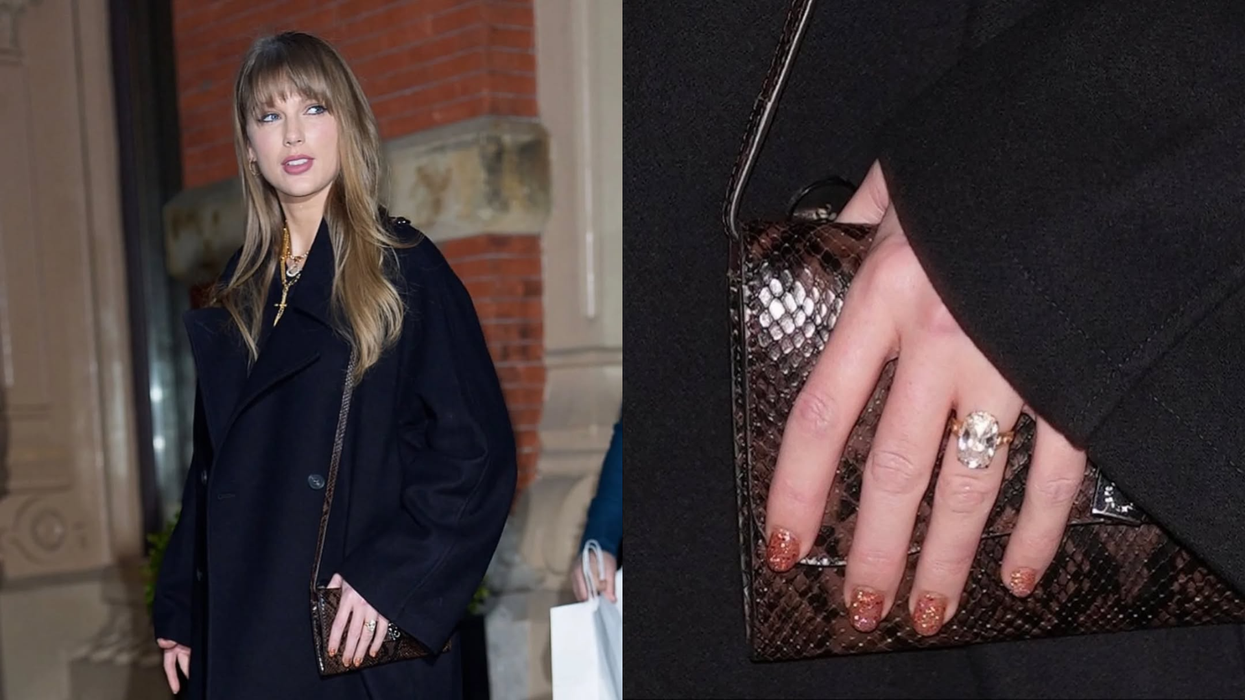
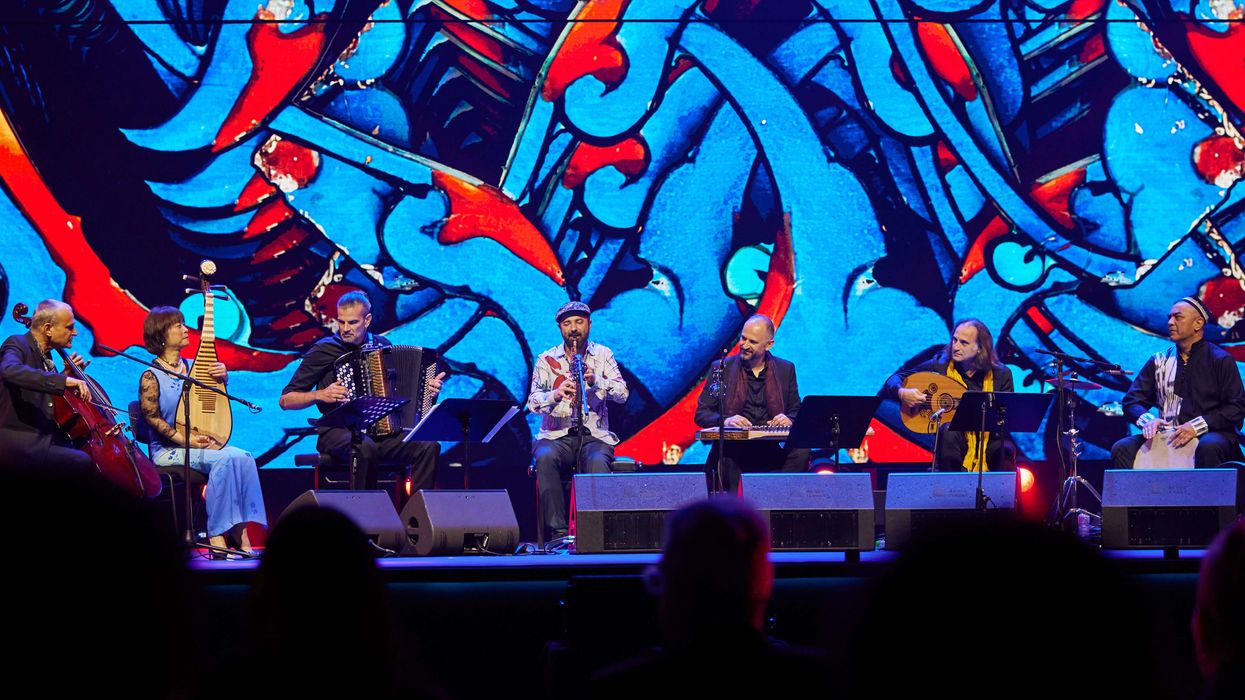
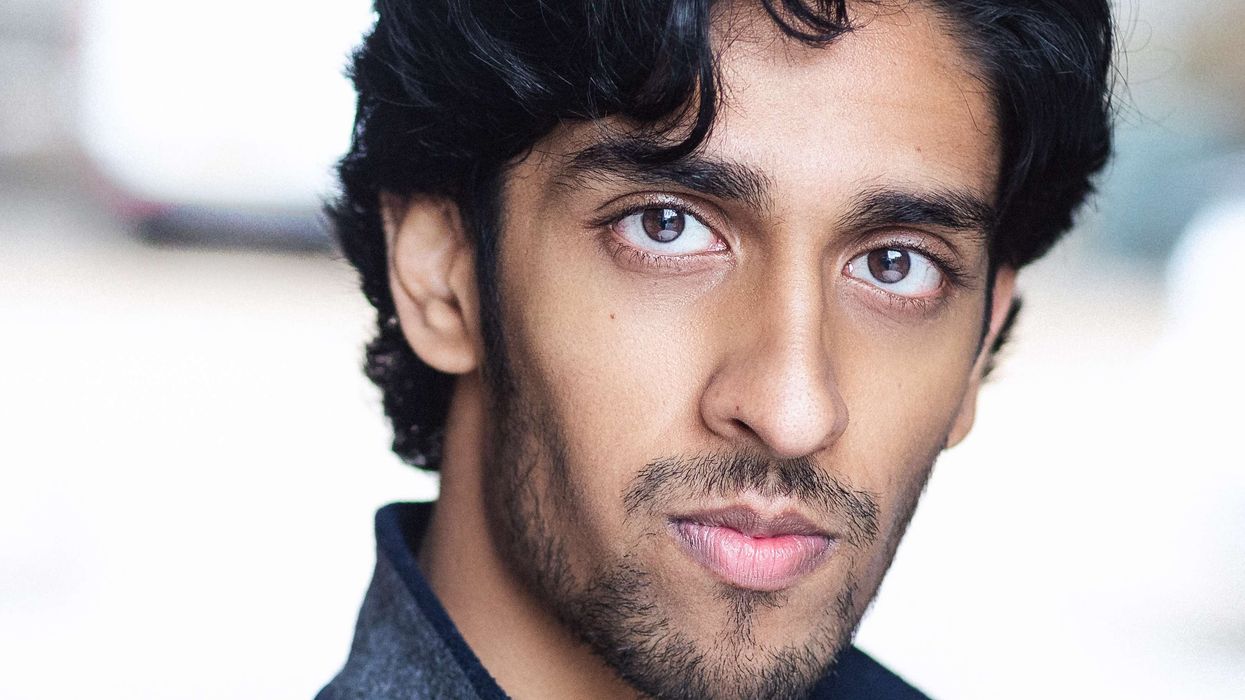
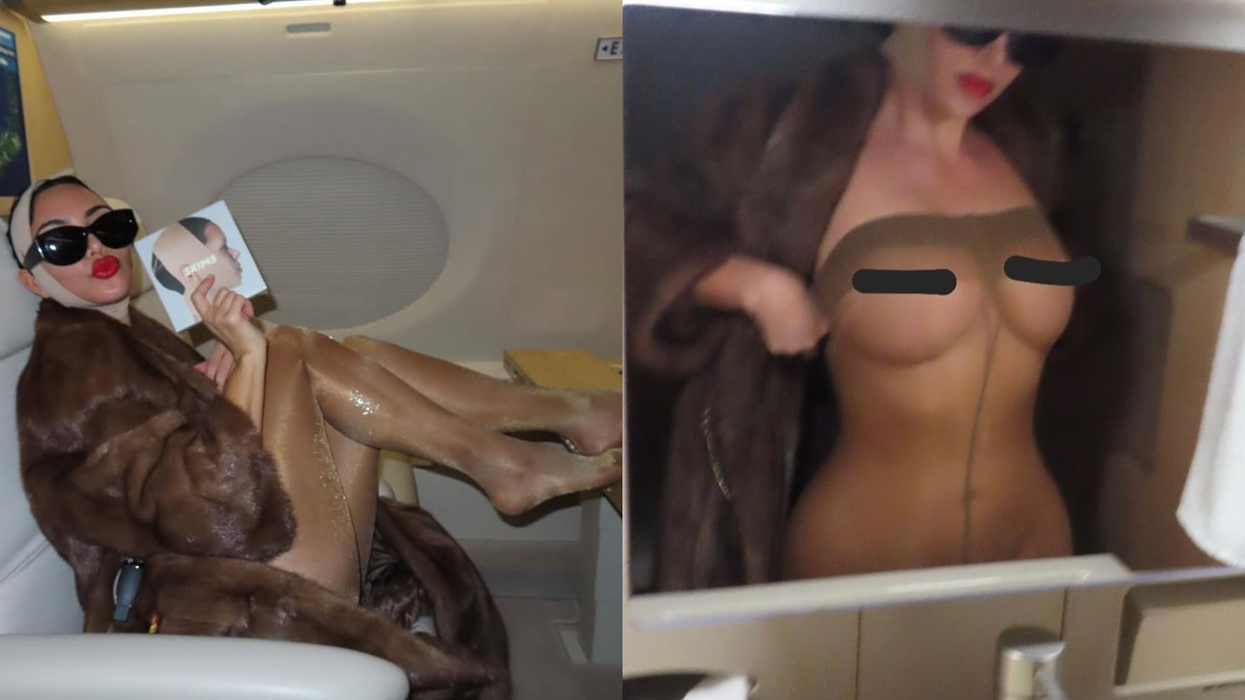
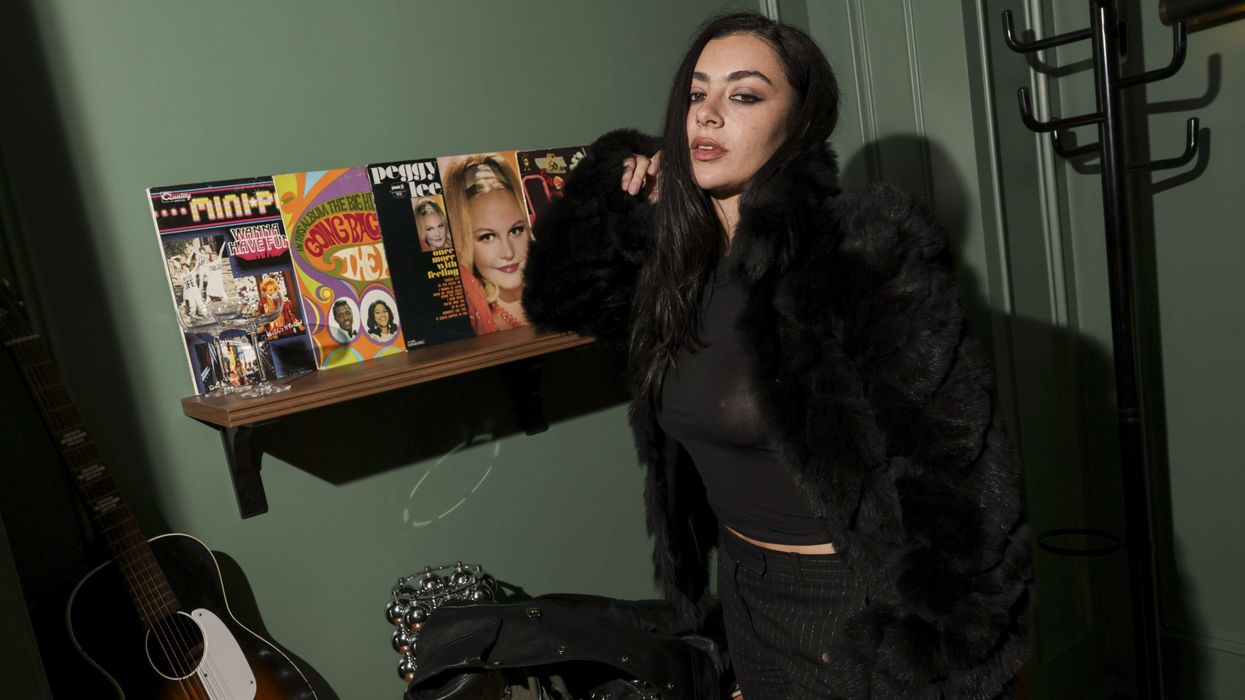
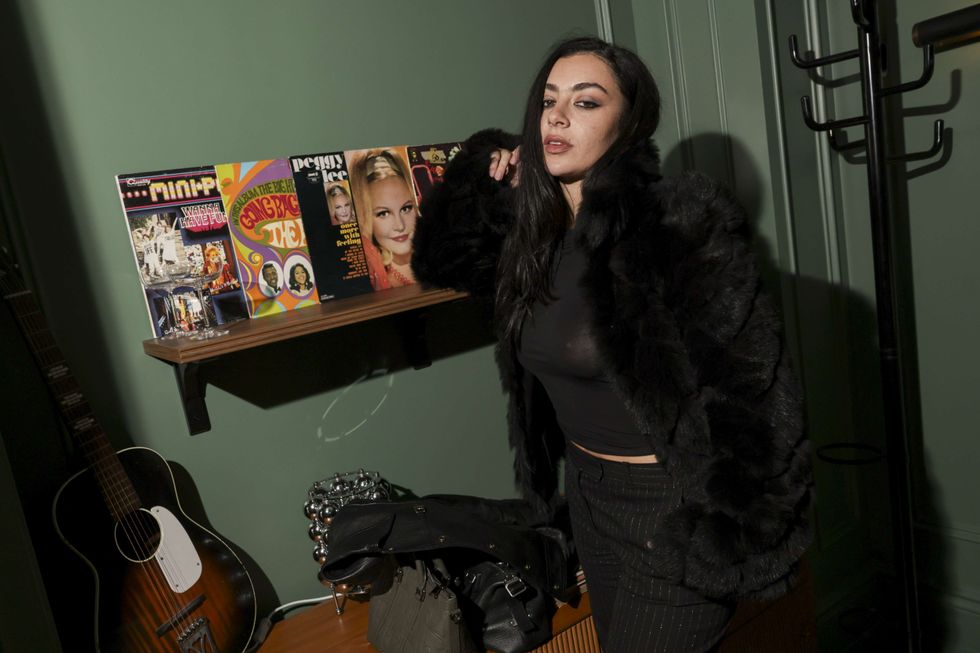 Charli XCX calls out sexism and public scrutiny in the music industry Getty Images
Charli XCX calls out sexism and public scrutiny in the music industry Getty Images 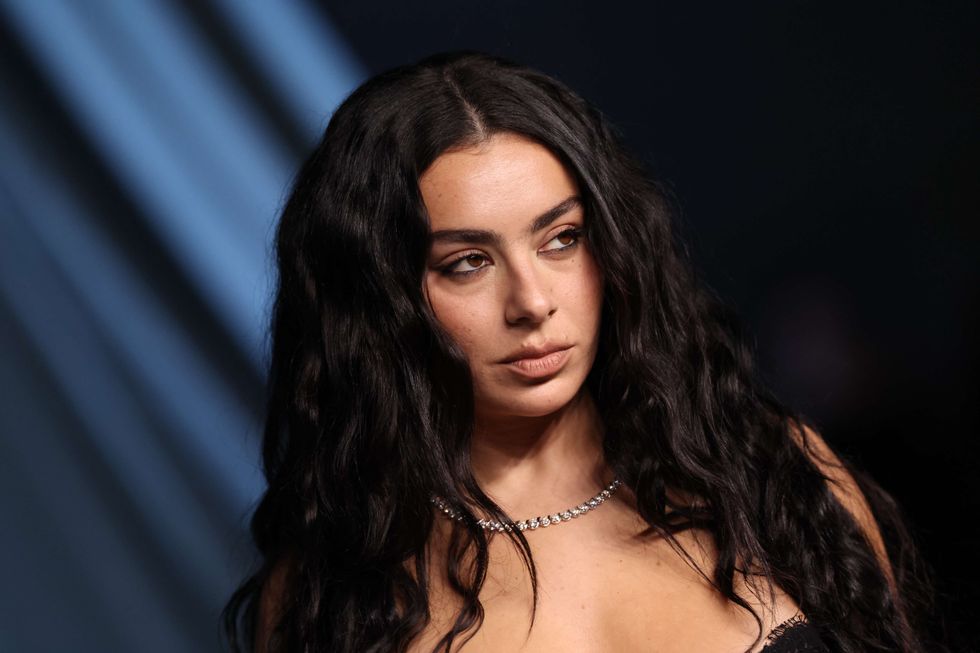 Charli XCX reveals harsh criticism female pop stars face every dayGetty Images
Charli XCX reveals harsh criticism female pop stars face every dayGetty Images Charli XCX exposes the hidden pressures behind being a female pop starGetty Images
Charli XCX exposes the hidden pressures behind being a female pop starGetty Images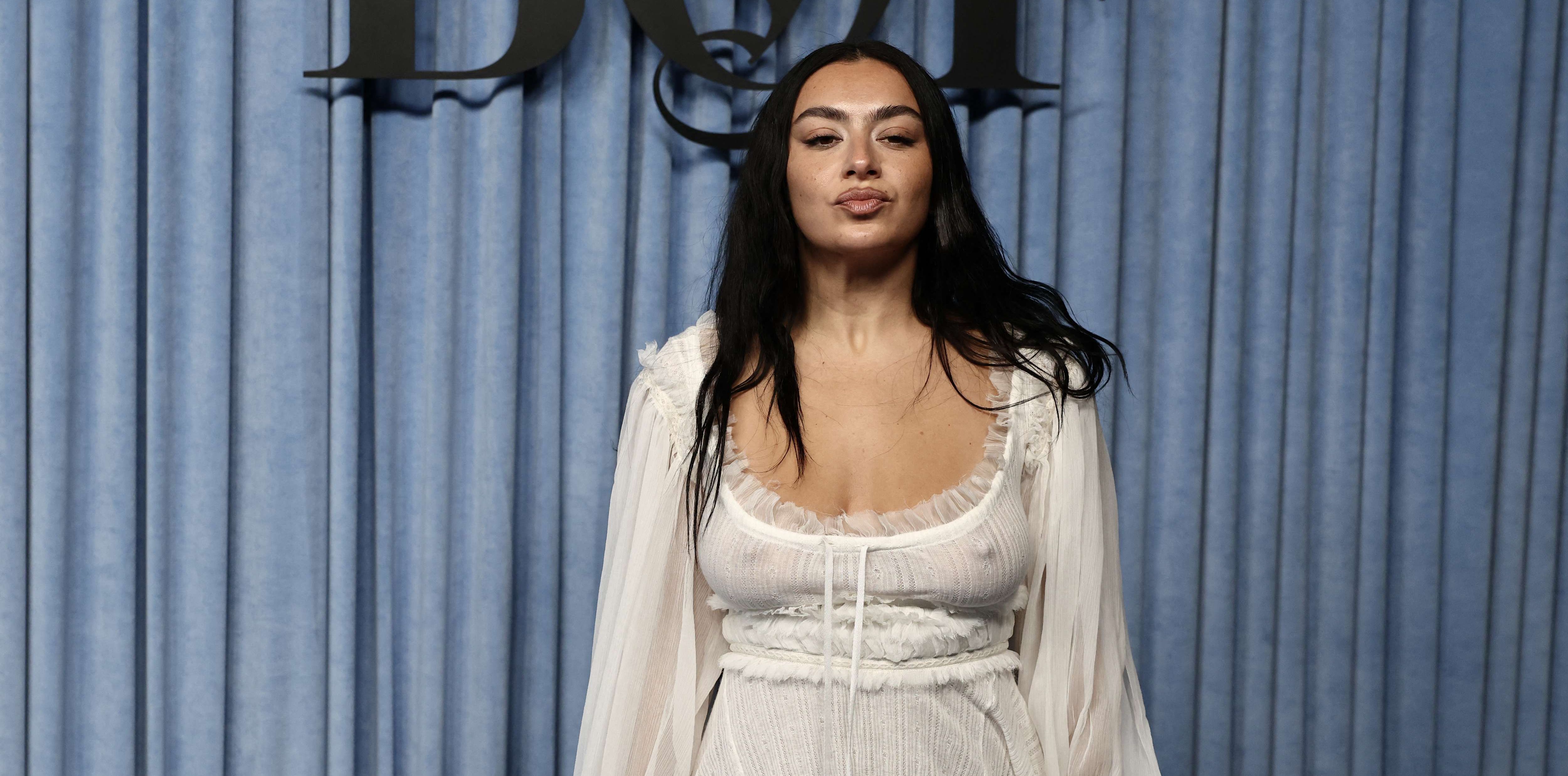 Charli XCX slams judgement on women in pop music and touring lifeGetty Images
Charli XCX slams judgement on women in pop music and touring lifeGetty Images






